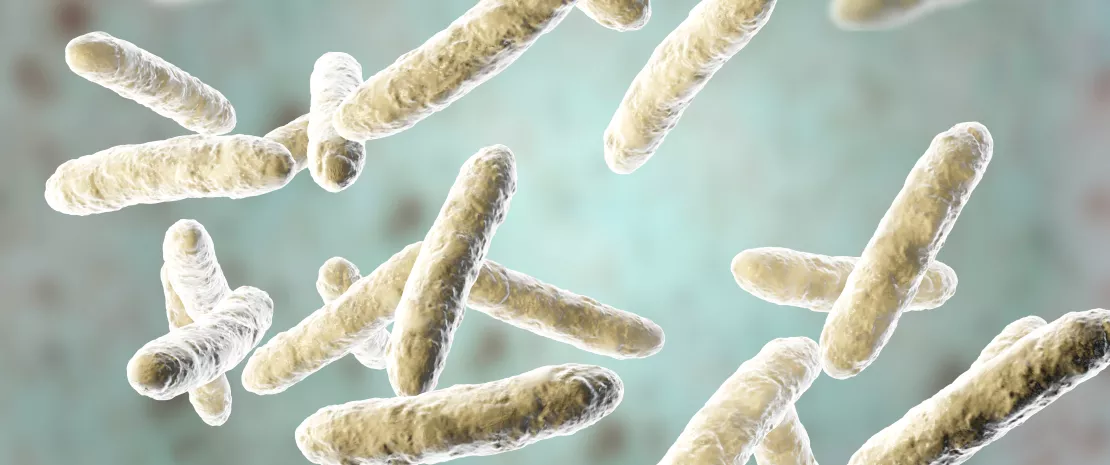Oral and gut microbiota at the root of atherosclerosis?
We have long known about the relationship between the microbiota and metabolic disease due to the involvement of bacteria from the gut and oral microbiota in lipid metabolism. But what about the relationship between these microorganisms and atherosclerotic plaques?
Sources
This article is based on scientific information

About this article
A number of mechanisms have been put forward to explain a link between the digestive microbiota 1, from mouth to rectum, and atherosclerosis such as interference with lipid metabolism, inflammation linked to bacterial translocation or bacterial metabolites... However, studies to date have been hindered by multiple limitations (interactions with patient treatments, lifestyle, etc.). These biases have been partly overcome by a Swedish multicenter study involving 8,973 members of the SCAPIS 2 cohort aged 50 to 65 with no history of atherosclerosis. Oral and fecal microbiota samples were collected and analyzed, then coronary atherosclerosis was measured using a (sidenote: Coronary Artery Calcium Score quantitative assessment of the extent of calcified atheromatous deposits on the walls of the coronary arteries, i.e. the arteries of the heart. Higher Coronary Artery Calcium Scores mean greater cardiovascular risk. Source : CHversailles ) and an angiography. Although asymptomatic, 40.3% of participants had coronary calcification, and 5.4% at least one stenosis with an occlusion exceeding 50%.
64 gut and oral species involved
The composition and diversity of the digestive microbiota were found to be associated with subclinical atherosclerosis. 64 species were associated with the Coronary Artery Calcium Score: 51 were harmful (the strongest associations being observed for Streptococcus anginosus and Streptococcus oralis subsp oralis) while 13 were protective.
Of the 64 species, 19 were associated with markers of inflammation (C-reactive protein), including streptococci and other oral cavity species, and 16 with markers of infection (neutrophil count). According to the authors, many of these bacterial species (S. anginosus, S. oralis subsp oralis, S. parasanguinis, S. gordonii) are capable of crossing the oral or gut barrier during dental care or due to lesions, and then infecting coronary valves and vessels (infective endocarditis).
From digestive dysbiosis to atherogenesis
The composition of the gut microbiota may also contribute to atherogenesis through the alteration of host metabolism. Gut microbial species common to the oral cavity (e.g. all Streptococcus spp associated with coronary calcification, Rothia mucilaginosa, Bifidobacterium dentium, and Ligilactobacillus salivarius) were associated with lower plasma levels of indole propionate (considered protective against atherosclerosis) and higher levels of microbiota-derived plasma metabolites such as secondary bile acids and imidazole propionate (pro-inflammatory).
While further longitudinal and experimental studies remain necessary, this work provides evidence of an association between the composition of the digestive system’s microbiota (notably Streptococcus spp and other species also present in the oral cavity), coronary atherosclerosis, and markers of systemic inflammation.








